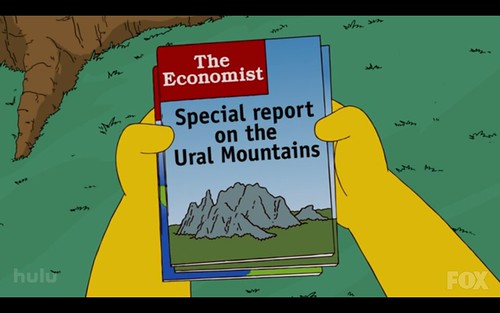As we head into Spring term, let’s take a look at what is available on Briggs 2nd:
ECON 100 INTRODUCTORY MICROECONOMICS 9:50-11:00 MTWR Mr. Gerard
ECON 120 INTRODUCTION TO MACROECONOMICS 11:10-12:20 MWF 3:10-04:20 R Ms. Karagyozova
ECON 205 TOPICS-INTERNATIONAL ECONOMICS 3:10-04:20 MWF Ms. Karagyozova
ECON 215 COMPARATIVE ECONOMIC SYSTEMS 9:00-10:50 TR Mr. Galambos
ECON 271 PUBLIC ECONOMICS 12:30-2:20 TR Mr. Gerard
ECON 320 MACROECONOMIC THEORY 8:30-09:40 TWRF Mr. Finkler
ECON 391 DS-DISCOVERING KIRZNER Time TBA Mr. Gerard or Mr. Galambos (1 unit)
ECON 410 ADV GAME THEORY & APPLICATIONS 12:30-02:20 Mr. Galambos
ECON 425 ENTREPRENEURSHP AND FINANCE 02:30-04:20 TR Mr. Finkler
Click on the classes for descriptions (or old syllabi for Professor Galambos’ courses). As of this writing, there are still spots in each of these sections. There is a bevy of 200-level classes for all you thinking about taking the Econ route or filling out a minor. There are also a pair of 400-level classes, both seem to be extraordinarily topical.
Once again, Professor Galambos and I will be facilitating a group read, this as a follow-up to the Schumpeter Roundtable — this time we will be Discovering Kirzner. For those of you who have had 300 and love it, this should give you plenty to think about.
Later this week, I will post the tentative schedule for next year. You can also find it here.


 In this, the 500th post on the Lawrence Economics Blog, we bring you a
In this, the 500th post on the Lawrence Economics Blog, we bring you a  Looking for a last-minute gift for that special someone (or would-be someone) in your life? Well, Pilgrim, it’s your lucky day.
Looking for a last-minute gift for that special someone (or would-be someone) in your life? Well, Pilgrim, it’s your lucky day. 
 Looking to pick up some reading recommendations for the upcoming Reading Period? My pick is Tyler Cowen’s e-book,
Looking to pick up some reading recommendations for the upcoming Reading Period? My pick is Tyler Cowen’s e-book, 


